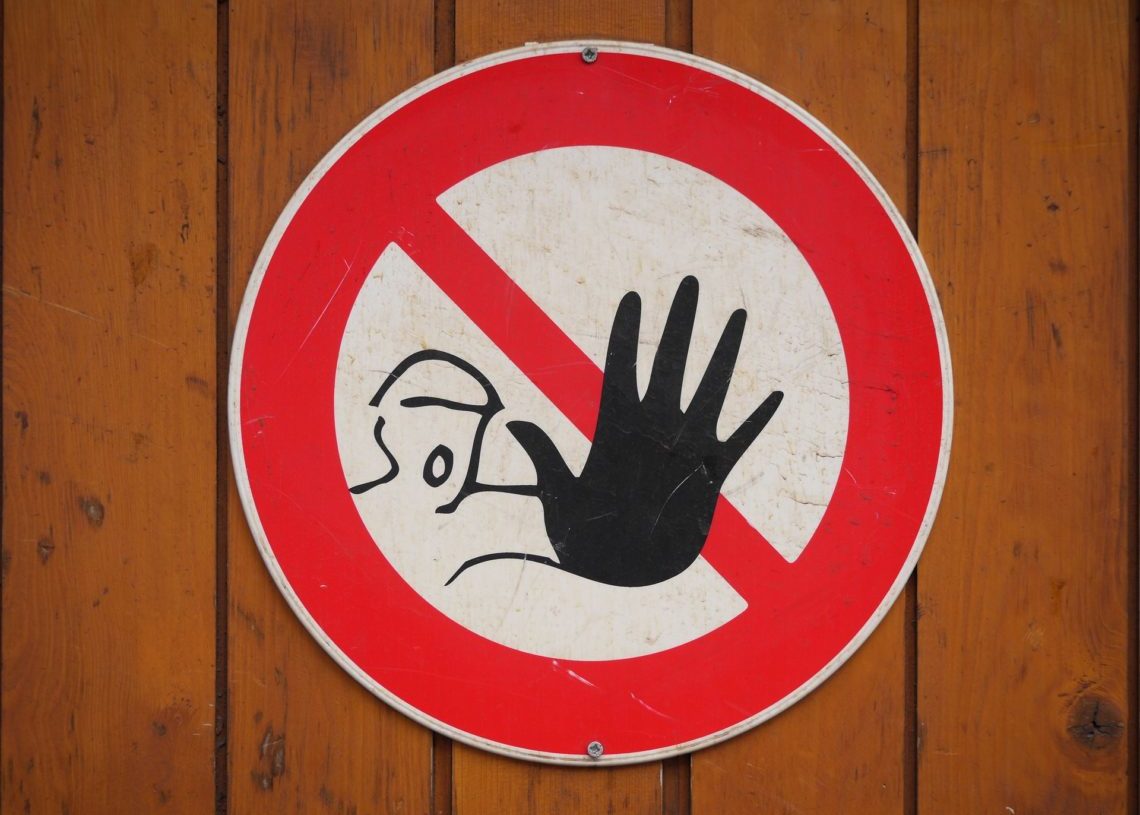India’s RBI representatives continued to launch strong attacks on cryptocurrency. During a meeting with the Indian Banks’ Association [IBA’s] Annual Banking Technology Conference & Awards on February 14. RBI’s deputy governor T Rabi Sankar fired fresh salvos by demanding an outright ban on digital assets equating them with Ponzi schemes and ‘may even be worse’.
Banning cryptocurrency is perhaps the most advisable choice open to India,” Sankar said during his keynote address. “We have examined arguments by those advocating cryptos should be regulated and found that none of them stand up to basic scrutiny,” he said.
According to RBI’s top exec, the blockchain technology was built to evade government controls and it is been specifically developed to circumvent regulated financial systems like the Know-Your-Customer process and AML/CFT regulations [anti-money laundering and counter-terrorism financing].
These should be reasons enough to treat them with caution,” Shankar said. The RBI deputy governor said cryptocurrencies have no underlying cash flows, no intrinsic value, and are not amenable to definition as a currency, asset, or commodity.
RBI head likened crypto craze to Tulip mania
Earlier February 2022, in a monetary policy meeting, RBI Governor Shaktikanta Das had also issued a warning to investors as they would be investing in volatile assets at their own risk. He then went on to add that these cryptocurrencies have no underlying [value] not even a tulip.
Das said during a news conference following the monetary policy meeting said “Private cryptocurrency is a huge threat to macro-economic stability and financial stability, investors should keep this in mind that they are investing at their own risk,”
The RBI top boss was probably referring to the Dutch tulip bubble or the tulip mania. It was one of the biggest bubbles seen in history. Between the time period of November 1636 and February 1637, prices of tulip flowers surged by more than 20 times. When the bubble finally collapsed, prices of tulips too fell by over 99 percent according to some estimates. It was perhaps one of the first recorded instances of overtly inflated assets.

